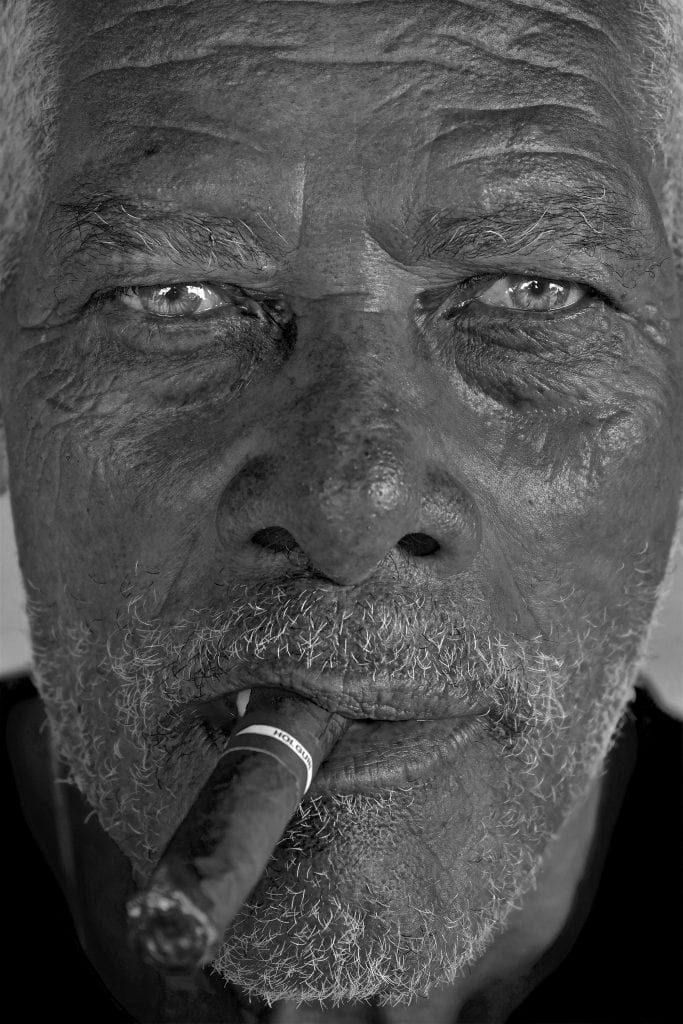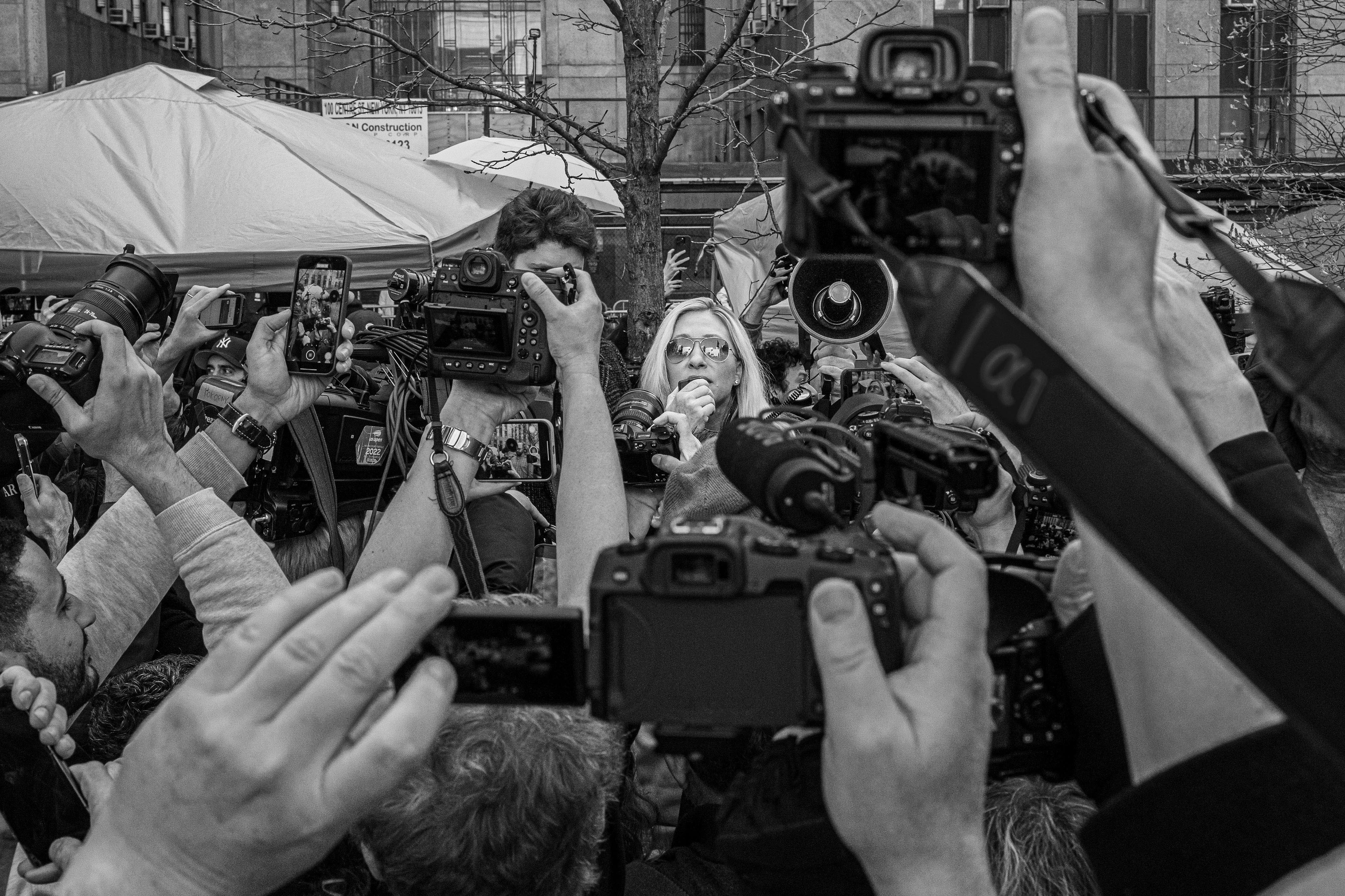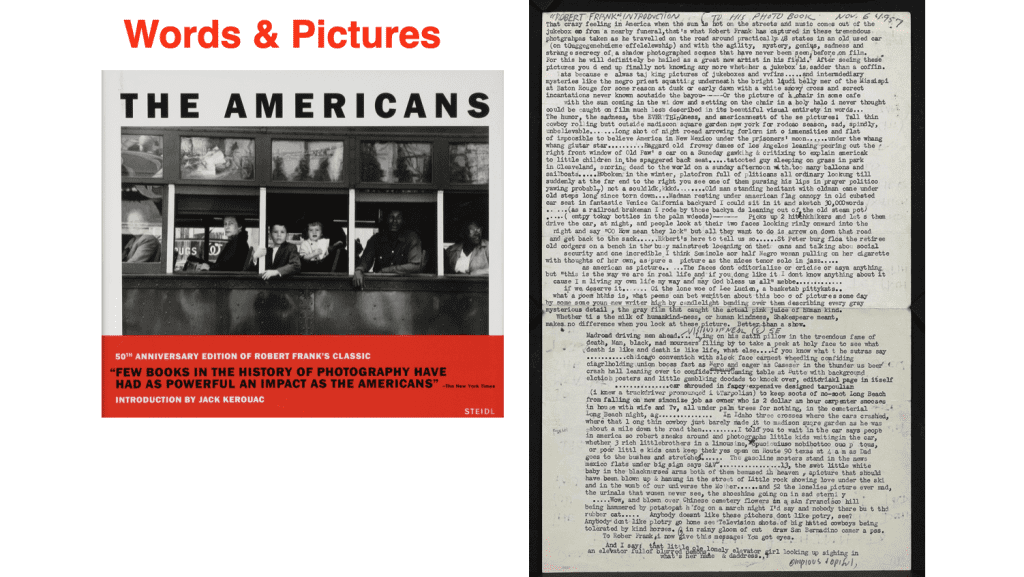“If at first an idea does not sound absurd, then there is no hope for it.” Albert Einstein
When I came across that quote from Albert Einstein, I knew I wanted to share it with you because it directly relates to the pursuits of an artist.
My take on that line is that even the craziest, most unlikely ideas can work as a project when executed well.
With some projects or themes it’s important to exercise a single-mindedness of vision, a laser adherence to the idea so every photo contributes and moves forward the story or theme— or it’s excluded, no matter how strong the image may be.
Tucker Shaw had the idea that he would take a picture of everything he ate for an entire year. The result? A book entitled Everything I Ate: A Year in the Life of My Mouth (Chronicle Books). He did this book six years before the birth of Instagram (@tuckershaw), using a point-and-shoot camera to photograph every morsel of food before he ate it. His idea, unusual as it was at the time, provided a very thought-provoking work.
When you make your way through Shaw’s catalog of food pictures, at first you look, then you process, then you personalize and imagine looking through a similar catalog of images of what you’ve consumed in a year. Then the thought horrifies you, and you put the book down.
“Sure, it’s just a bunch of pictures of food, none of them all that great. But it’s the most honest thing I’ve ever done. There are no secrets in these pictures. Nothing is missing,” said Shaw.
He used photography in an honest, clever, and simple way as an archiving tool, and the sum was much greater than the parts.
The more personal you make it, the more universal it becomes.
In perusing through my extensive photo book shelves, I found a few more seemingly absurd ideas that became books.

John Glassie did a book called Bicycles Locked to Poles (McSweeney’s). In it, you’ll find images of—you guessed it—pole-locked bicycles. Similar to Shaw’s work, the catalog of straightforward, literal depictions starts to gain momentum as you view bicycle after bicycle, abandoned and sad, with missing parts, showing you what images you might not notice in reality, but you can’t miss when you see them in print.
That’s what we do as photographers. We say to our viewers, “Look at this. It’s funny, sad, shameful, beautiful.” It’s a bicycle locked to a pole.
Andrew Danson is a Canadian photographer who decided he would photograph Canadian politicians alone in their offices, with a twist.
In his book Unofficial Portraits (Doubleday of Canada), Danson himself didn’t take a single picture. Instead, he would frame the image with his subject in place, set up the lights, adjust the exposure, and then leave.
The subject was left behind, in a quiet room with a cable release (which you could see in the picture), and would take a series of 12 self-portraits. When done, the subjects would come and get him.

“Some politicians saw humor in such an undertaking while others took themselves very seriously. This work is about power, self-image, imagination, and about the dialectics of photography,” said Danson.
The results were fascinating. Some of his subjects would puff themselves up, trying to project a look of confidence or bravado. But the camera could not be faked out and those images often ended up looking silly.
His inspiration for the project came while working far removed from the world of Canadian politics, when he was documenting poverty in Jamaica. He says sometimes inspiration comes when you’re distanced from your regular routine and surroundings.
Have any crazy ideas? Feel free to share here.












Great post Steve! I think you’ve highlighted an essential aspect of some of the best creative projects that have ever been done across almost every discipline, from photography to music to film to painting, and many more. Being hyper-focused so that you can tell a story in a specific way is often extremely interesting to see and hear.
One person who has done this for many, many years in book form is Martin Parr, and you can see all of his books here: https://www.martinparr.com/books/ (you can also get a short preview of all of them by clicking on any one book). One good example of one of his books that is certainly single-minded but wonderful: Remote Scottish Postboxes.
I have a few projects that I’ve been working on but I will have to keep them secret for now! However, I did a calendar project in 2014 called “NJ Dogs,” which I think qualifies! Here’s a link to the website for it: http://www.njdogsproject.com/
All the best!
Andrew
Andrew Darlow
Editor, The Imaging Buffet
https://imagingbuffet.com
Hey Andrew, thanks for the comment. Yes I’m a fan of Martin Parr too. Love the calendar project!